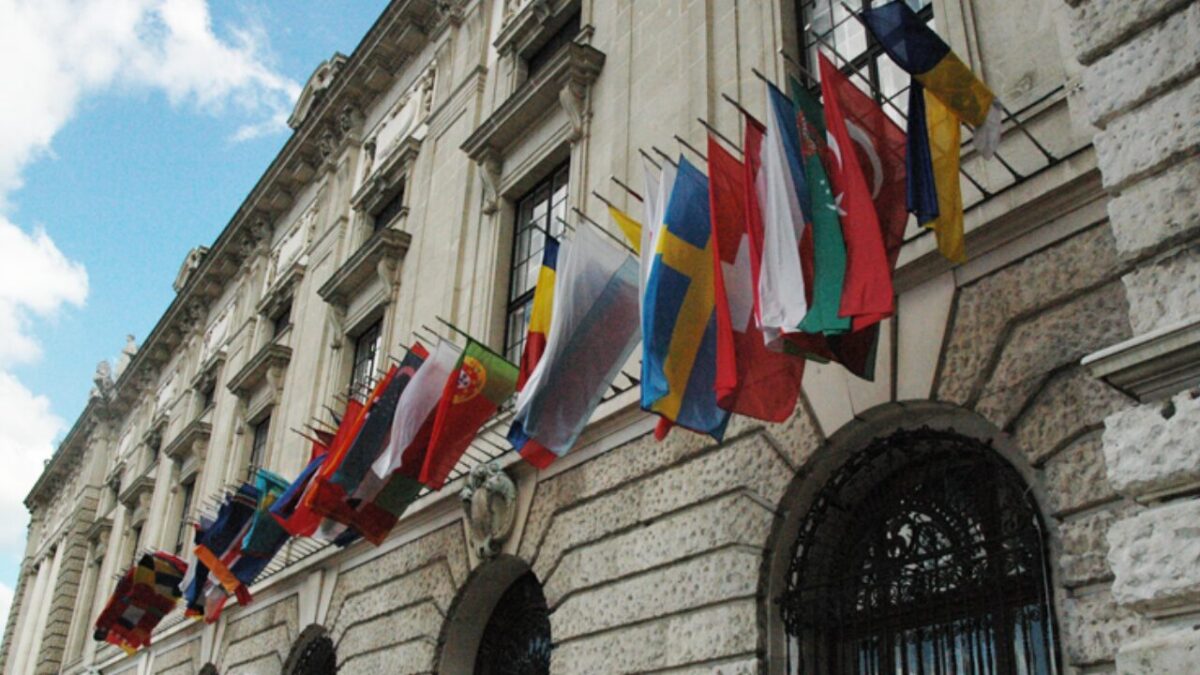VIENTIANE, Laos--Top diplomats from Southeast Asia met Friday morning in Vientiane with China’s Foreign Minister for talks that come as friction continues to escalate over Beijing’s growing effort to press its sweeping maritime claims in the South China Sea.
Several members of the Association of Southeast Asian Nation have disputes with China, which has led to direct confrontations that many worry could lead to broader conflict.
“One wrong step in the South China Sea will turn a small fire into a terrible firestorm,” said Indonesian Foreign Minister Retno Marsudi ahead of the talks with Chinese Foreign Minister Wang Yi.
ASEAN members Vietnam, the Philippines, Malaysia and Brunei all have conflicts with China over its claims of sovereignty over virtually all of the South China Sea, one of the world’s most crucial waterways for shipping. Indonesia has also expressed concern about what it sees as Beijing’s encroachment on its exclusive economic zone.
The United States and its allies, meanwhile, have been regularly conducting military exercises and patrols in the area to assert their “free and open Indo-Pacific” policy, including the right to navigate international waters — drawing criticism from China.
U.S. Secretary of State Antony Blinken was to arrive Saturday to attend the ASEAN meetings and was expected to meet with Wang on the sidelines for bilateral talks.
Russian Foreign Minister Sergey Lavrov is also attending the meetings, and already held direct talks with Wang.
China is a key ally of Russia’s in its war against Ukraine, and Wang emphasized the “deepening strategic coordination” between the two nations, China’s Xinhua news agency reported.
This year, tensions between the Philippines — an American treaty ally —- and China have escalated. In June, a Chinese vessel and a Philippine supply ship collided near the disputed Spratly Islands in the South China Sea, sparking alarm.
The ASEAN countries — Indonesia, Thailand, Singapore, Philippines, Vietnam, Malaysia, Myanmar, Cambodia, Brunei and Laos — emphasized in their opening meetings Thursday that it’s important they don’t get drawn in as both China and the U.S. look to expand their influence.
Following the talks, Marsudi said the group stressed that the ten-member regional bloc should not be a proxy for any power, otherwise “it will be difficult for ASEAN to become an anchor for regional stability and peace.”
There were no immediate details available about Friday morning’s talks between Wang and the ASEAN foreign ministers.
After Thursday night’s talks, however, Thai foreign minister Maris Sangiampongsa said the group had discussed the importance of producing the South China Sea code of conduct that it has been working on for some time with China, and planned further talks with China on the matter.
He said that the Philippines informed in the meeting that they have been trying to engage with China, which is considered a good sign.
China and the Philippines said Sunday they had reached a deal that they hope will end the confrontations, aiming to establish a mutually acceptable arrangement for the disputed area without conceding either side’s territorial claims.
There are divisions within ASEAN on how to deal with China’s maritime claims and the Philippines has been critical over a perceived lack of support from the bloc.
In Thursday’s talks, the Philippines pushed for the inclusion of June’s collision in the joint communique to be issued at the end of the meetings. Cambodia and Laos, which are close to China, opposed the wording, according to a senior Southeast Asian diplomat who was involved in closed-door negotiations and spoke on condition of anonymity to discuss the matter freely.
Manila’s proposal stating that a recent incident in the South China Sea caused “damage to properties” and “caused injuries” without mentioning specific details like the name of the shoal and the contending state forces, the diplomat said.
The increasingly violent civil war in ASEAN member state Myanmar is also one of the main issues being taken up, the group supported Thailand taking a broader role, Thailand’s Maris said.
Thailand, which shares a long border with Myanmar, has already been involved in providing humanitarian assistance.
The country initiated its first delivery of aid to Myanmar in March from the northern province of Tak. It was said to be distributed in Kayin state to approximately 20,000 out of millions of people displaced by fighting.
Maris announced that another $250,000 will be donated to the ASEAN Coordinating Center for Humanitarian Assistance on Disaster Management that is overseeing a plan to deliver aid into Myanmar.
The army in Myanmar ousted the elected government of Aung San Suu Kyi in February 2021 and suppressed widespread nonviolent protests that sought a return to democratic rule, leading to increasing violence and a humanitarian crisis.
The ASEAN group has been pushing its so-called “five-point consensus” for peace, but the military leadership in Myanmar has so far ignored the plan, raising questions about the bloc’s efficiency and credibility.
It calls for the immediate cessation of violence in Myanmar, a dialogue among all concerned parties, mediation by an ASEAN special envoy, provision of humanitarian aid through ASEAN channels, and a visit to Myanmar by the special envoy to meet all concerned parties.
Myanmar has been blocked from sending political representatives to the ASEAN meetings and is instead represented by Aung Kyaw Moe, the permanent secretary of Myanmar’s Foreign Ministry.
China, which also shares a long border with Myanmar, also plays an important role in that it that it supports the military regime while also maintaining close contacts with several of the powerful ethnic armed groups that are currently fighting against it.
In his opening statement ahead of talks between ASEAN and China, Aung Kyaw Moe had effusive praise for Beijing, pledging that the bloc would continue to work to deepen cooperation with China in all areas.





